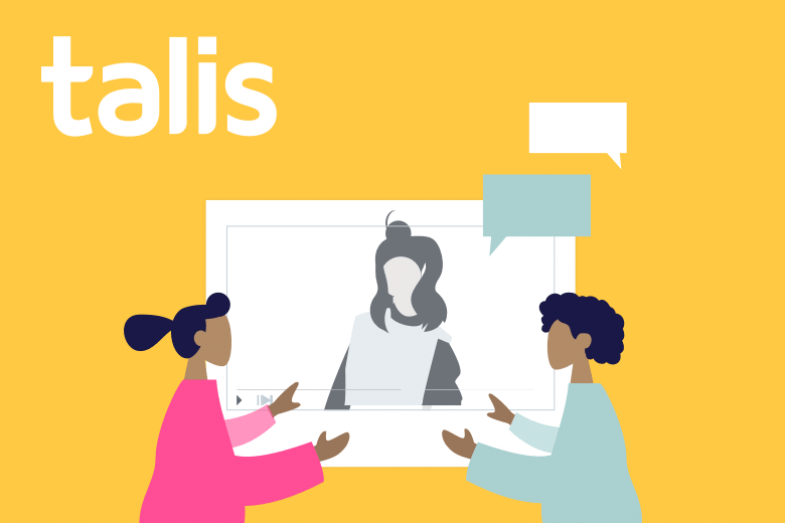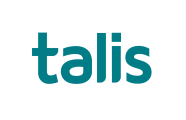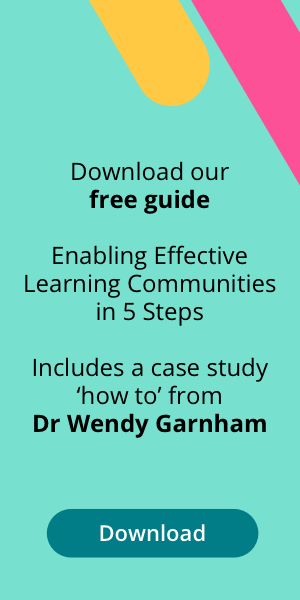
How the academic community can learn from the challenges of the pandemic, ultimately helping students engage with resources more effectively
Written by Matt East. Matt East is education lead at Talis, driving the product development and community growth of Talis Elevate, a collaborative annotation tool that builds conversation into content. Matt has worked in higher education for more than 12 years, taking on roles including student leader, educational technologist, lecturer, and education consultant. Matt is a senior fellow of Advance HE.
It’s not all doom and gloom. While we must acknowledge the personal and professional challenges most of us have faced because of the pandemic, the academic community has highlighted some real positives. Some academics say Covid-19 has been a much-needed catalyst for change in higher education, and now’s the time to take stock of what we have learned and decide how we’re going to use this new information to make lasting, impactful change moving forward.
For me, it’s the increased collaboration that has really made an impact. From conversations I’ve had with a wide range of colleagues at universities across the UK, working in partnership with other stakeholders in the learning design, development, and delivery process has been eye-opening and, in some cases, transformational organisationally.
As a former students’ union president, I’ve always been an advocate of student partnership in the entire education system. Academic staff working collaboratively with students has brought about open and honest feedback, a mantra of continuous improvement, and transparency with students. It was this, in my opinion, that enabled faculty to say, “we made it through emergency online teaching, and it was a success”.
Adopting a collaborative approach goes beyond academic practice. It’s about fundamentally understanding the pain points for students, developing deeper collective empathy, and providing the right level of support at the right time.
I’ve heard more stories in the last 15 months of academics asking their students how they are doing beyond their studies than I have before. We’ve all become far more aware of our own welfare, and this is permeating our pedagogy. This is one thing I hope we hold onto and grow moving forward.
At Talis, we’ve noticed the impact of increased collaboration between academics and students within our community of Talis Elevate users. Dr Helen Nichols from the University of Lincoln says: “The pandemic changed the tone of the way we engage with students and levelled the playing field. Using digital platforms can ‘de-ritualise’ a number of traditional processes in learning and contribute to the development of reciprocal communities of practice in new ways.
“We’ve seen increases in engagement in learning activities from students who would be reluctant to contribute under face-to-face circumstances. For these students, digital learning tools have enabled them to find their voice through chat and whiteboard functions, which has supported the building of their confidence.
“My lectures have become much more interactive as students feel they can ask questions and engage in discussions in a more fluid way in online spaces. This says a lot about the collaborative nature of the direction of flow for higher education because students have been embedded in every step of the process, from teaching and assessment design to engaging in continuous discussion and feedback to help us understand what best practice looks like.
“It’s important to note, however, that digital learning tools should be seen as an enhancement, not a replacement, of face-to-face delivery. We can therefore think about how to blend both as we progress, for example, by having text walls in face-to-face lectures to continue the enhanced engagement that digital tools facilitate while maintaining the special experience of live lecture delivery that brings module cohorts together with their lecturers for regular human interaction.
“Using collaborative learning tools like Talis Elevate has helped us to reinforce a sense of community in and out of the classroom, adding to the depth of our interactions. This is about not just using software for the sake of it, but understanding its importance for everybody in facilitating a supportive, community learning experience.”
Collaborative learning is nothing new, of course, but the role it’s played this year has certainly evolved. In a time where learning happens digitally, collaborative activities helped to facilitate learning communities, recreating some of the essential characteristics of a physical learning space.
We’ve heard time and time again that collaborative activities in Talis Elevate can be a powerful vehicle for initiating animated discussions, both live and ahead of seminars. The feedback we’ve had from student and academic users of the solution tells us that it continues to provide quieter students with a voice in a new space, appealing to all types of student.
The accessibility of online spaces for students can’t be ignored, especially when providing a platform for equality and choice. Jesse Stommel, executive director of Hybrid Pedagogy and senior lecturer at the University of Mary Washington, cites how he provided his students with choices around the tools, resources, and conversations to be part of in his film studies class.
“I love giving students choice because I want them to self-select into their learning communities,” Stommel says. “I don’t want to dictate tools to students, I want students to make their own decisions about how they engage on the web. Instead, I start by thinking about what I want students to do. I want them to engage with the film, and I want them to do it in a way that makes more sense to them. Whether it’s annotating moments within Talis Elevate or writing a blog post response on Medium. Students say that’s what they love.”
It certainly appears that hybrid modalities will be far more commonplace for the next phase of teaching. But what does this look like for the solutions and platforms we use to teach?
Whatever we select, the tools and our practice need to allow for flexibility for student use, giving them choice around how they engage both collaboratively and independently. We’ll need to take a deeper look at how we support our diverse learning communities, and consider how to best approach effective collaboration, both in and out of the digital or physical classroom.
For many colleagues across the sector, Talis Elevate has been a crucial element of this, enabling students to discuss, debate and co-create knowledge directly within resources used in teaching.
At the heart of this is a core opportunity to help students engage with resources more effectively. A powerful mechanism for this is to turn resource engagement into a collaborative activity. This has enabled students to support their learning communities, evolve dialogue within content, and has facilitated a level of student-led conversation that proves to be a powerful vehicle for developing knowledge and understanding together.
If you’re interested in collaborative learning, then you’ll enjoy Teach Learn Collaborate Repeat, a new teaching and learning event. It’s online and it’s free, as is taking place on the 12th-13th July. Speakers from across the sector will share their reflections on the past year and their plans for the year ahead, as well as how they will be collaboratively solving core challenges together. Learn more and register here.


